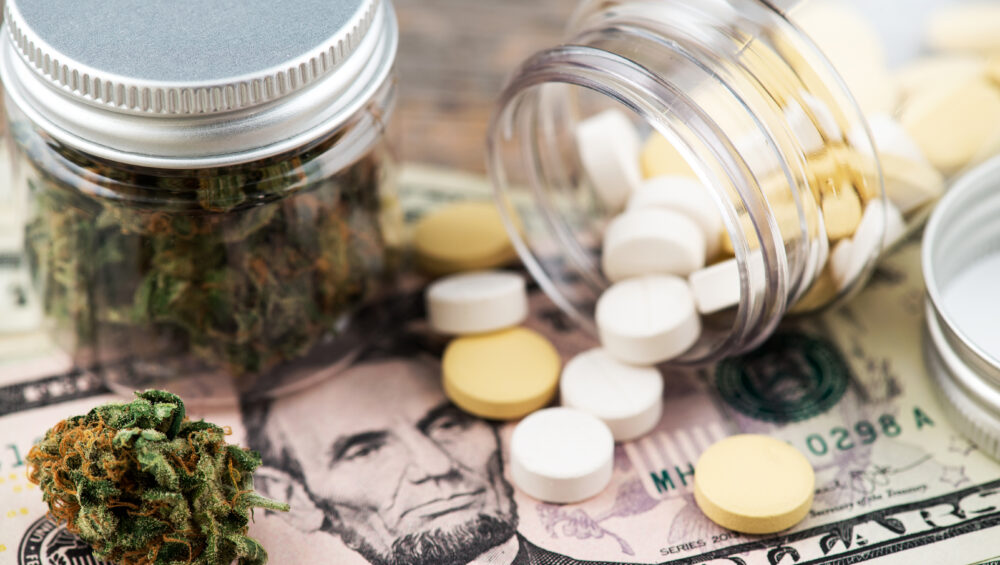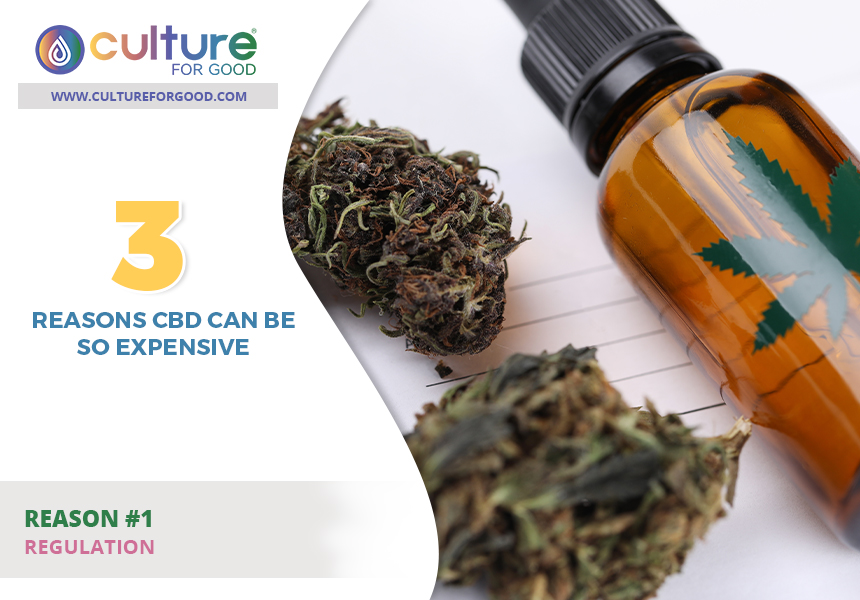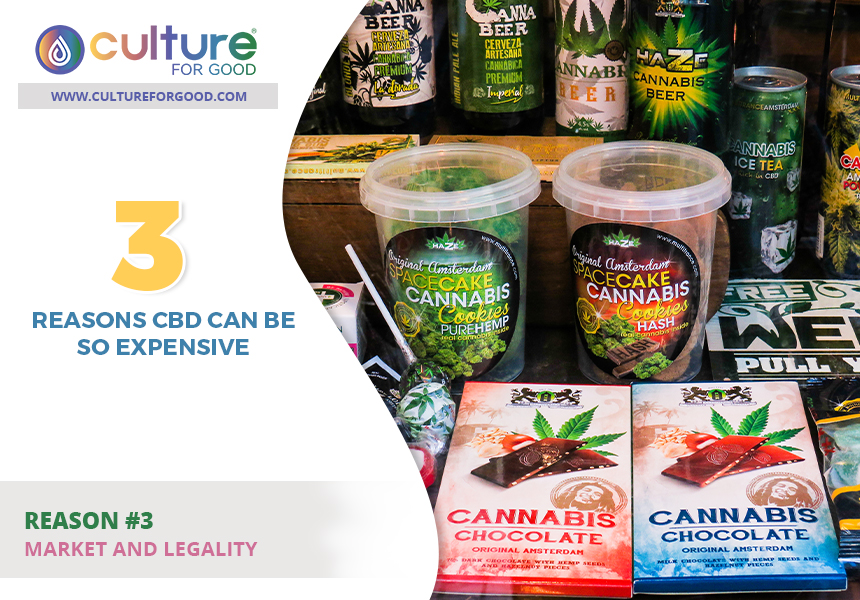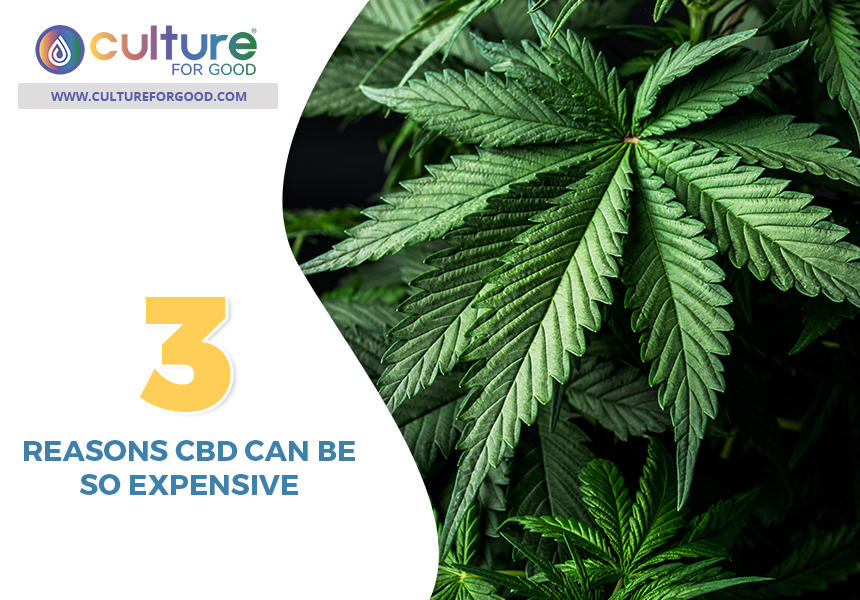4 Questions To Ask To Identify Good CBD
Since the cannabidiol (CBD) industry is still so new, there are numerous businesses and scam artists trying to make a quick profit off low quality and, sometimes, improperly handled material.
However, this shouldn’t scare you away from the industry as a whole. With a few simple steps, it’s easy to spot and purchase quality CBD.
It’s important to remember that, just because a company claims to be trustworthy doesn’t mean they are. Though regulations within this industry exist, they’re still being worked out. In other words, a few untrustworthy businesses out there have gotten away by working around these regulations.
Throughout this blog, we’re going to review what you need to keep your eye out for and offer all the knowledge you’ll need when shopping for CBD.
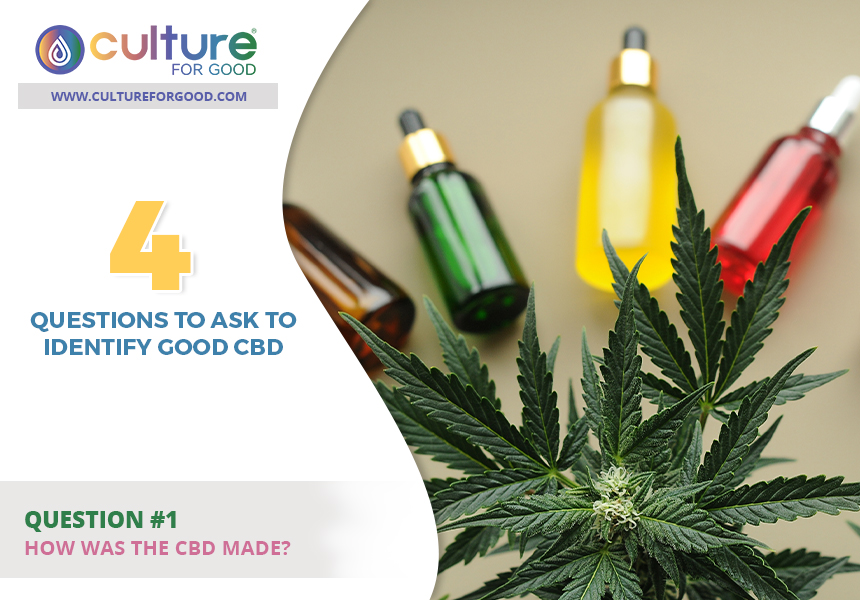
1How Was The CBD Made?
In order to isolate CBD (or other cannabinoids), they must be extracted from a hemp plant. Unlike other industries, there is no standard extraction method. This means different brands might have different methods.
The unfortunate truth to this is some extraction methods can be harmful to consumers. Companies may choose a more toxic solvent (such as propane or butane) for the sake of obtaining the cannabidiol at a cheaper price.¹
A reputable company most likely uses organic ethanol and/or supercritical CO2 extraction. Both of these are safer for both the consumer and the environment.
Before buying a CBD product, it’s important to research how the company extracts its CBD. You can either take a look around their website or reach out to customer service to get more information.
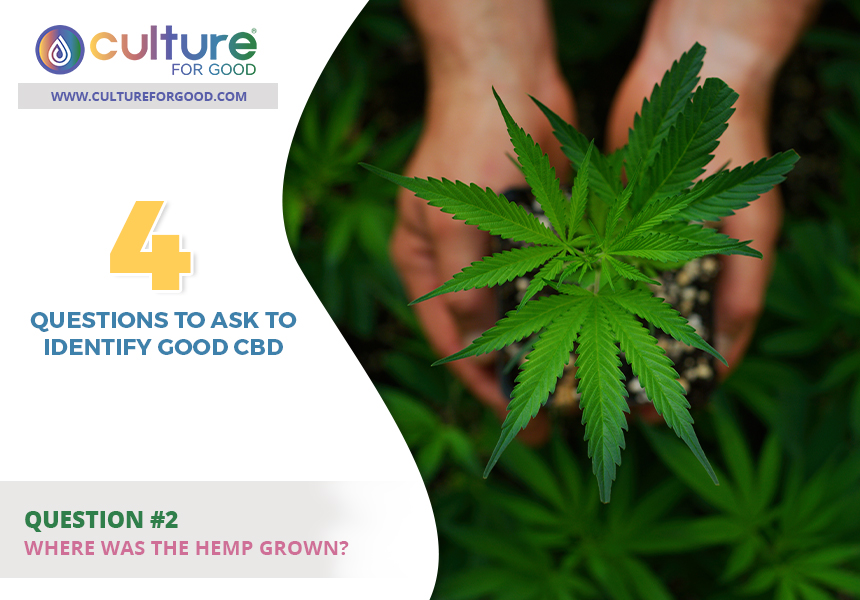
2Where Was The Hemp Grown?
Many newcomers to CBD usually aren’t informed hemp is a “hyperaccumulator”. This means hemp has the ability to absorb anything on the grounds it was harvested on.²
A high-quality CBD product will make sure its hemp was grown on healthy soil. Whereas a low-quality CBD product may not care for the soil the hemp was grown on. And this kind of mentality is very dangerous to the consumer.
For hemp grown on soil filled with heavy metals will absorb those metals. In effect, the person who consumes the CBD will become vulnerable to that material.

3How Much THC Does It Contain?
In states where marijuana is legal, the cannabidiol might be extracted from a marijuana plant rather than a hemp plant. In turn, the product may also contain higher amounts of tetrahydrocannabinol (THC) than desired.
Luckily, federal regulations surrounding the CBD industry require CBD products to contain no more than 0.3% THC. Furthermore, the THC count must always be labeled on the product.³
Still, if you live in a state where marijuana is legal, there is a chance you’ll run into some products that contain more THC. This isn’t necessarily a sign of a bad company (as long as that company labels their products properly) but is something to keep in mind.
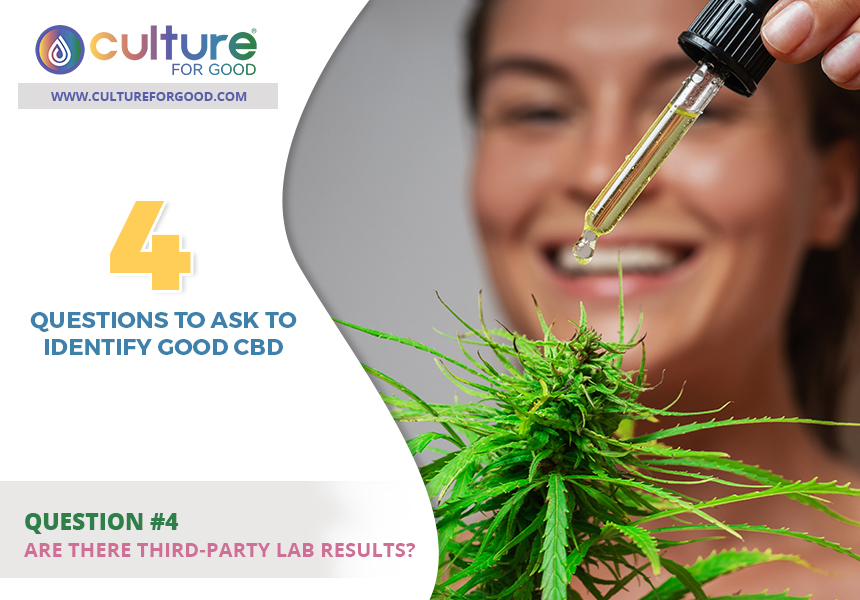
4Are There Third-Party Lab Results?
Once the CBD is extracted from the hemp plant, a reputable company will have the product tested at a third-party laboratory and provide the results to the public. The main purpose of these labs is to make sure the CBD lives up to the claims of the business.
When trying to find a CBD business to trust, keep an eye out for these results.

Final Thoughts
We know it can be difficult to find the right CBD company for you. That’s why Culture for Good not only follows all the advice given in this blog but provides a variety of products for different kinds of people.
If you’re interested in cannabidiol and want to find products from a company you can trust, we invite you to check out Culture for Good’s products page.
Reference Sources
¹ PubMed: Extraction Method and Analysis of Cannabinoids in Cannabis Olive Oil Preparations.
² Springer: Comparative assessment for hyperaccumulatory and phytoremediation capability of three wild weeds
³ CDPH: Labeling Requirements: Manufactured Cannabis Products

